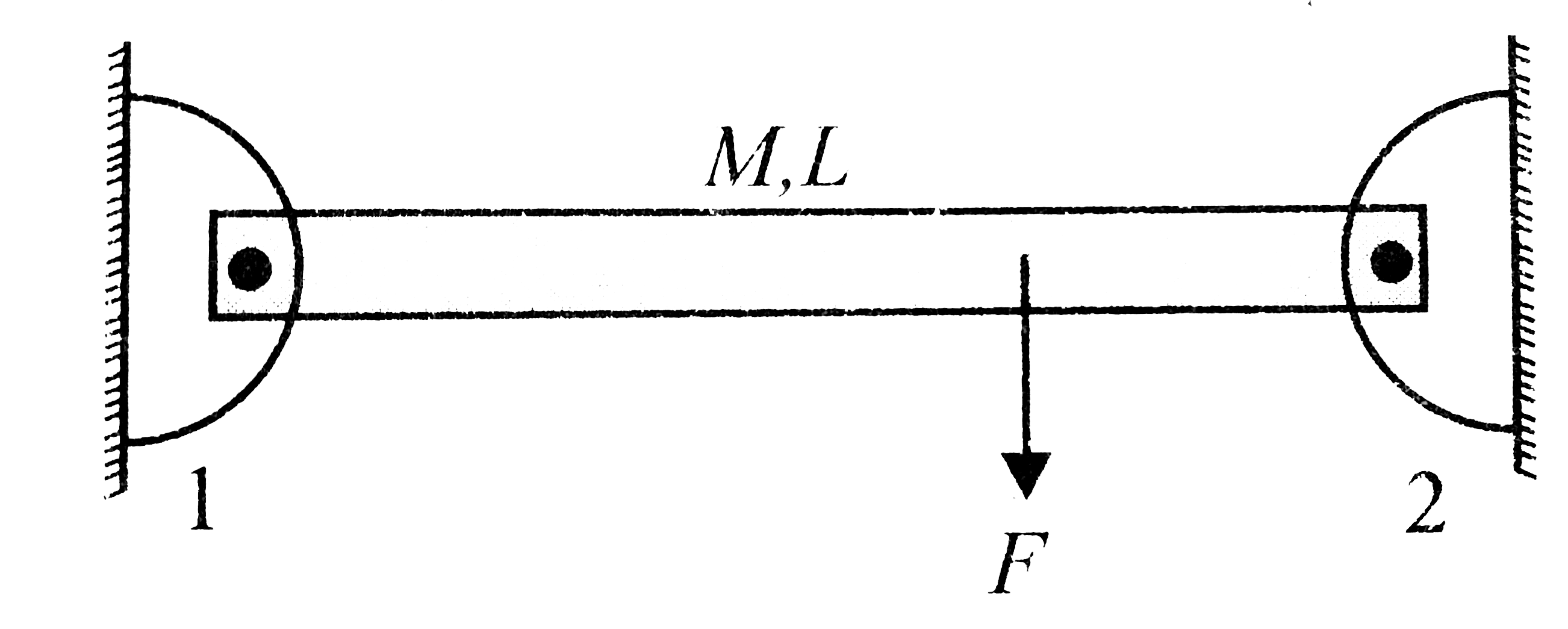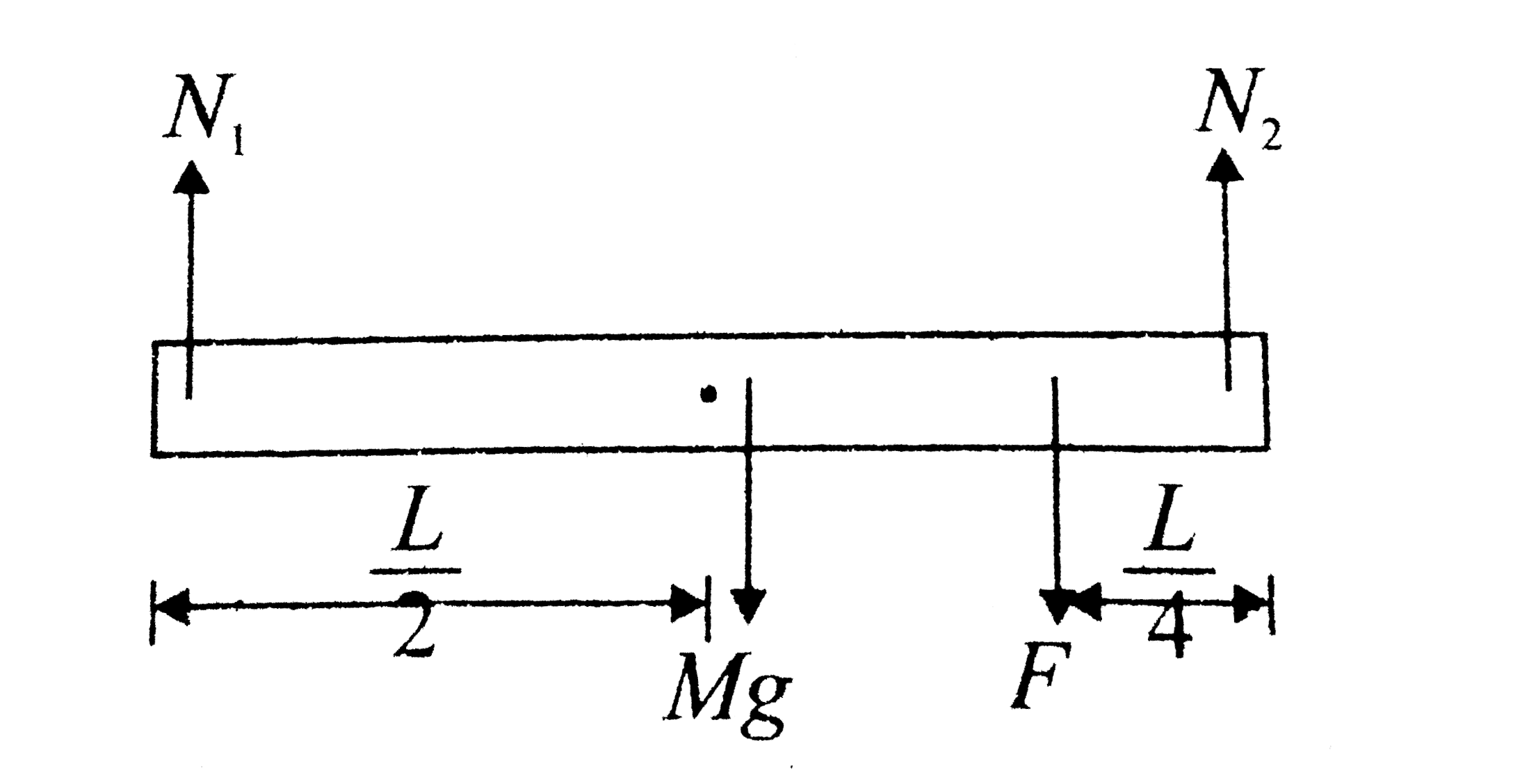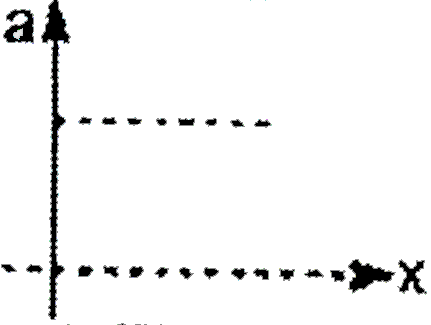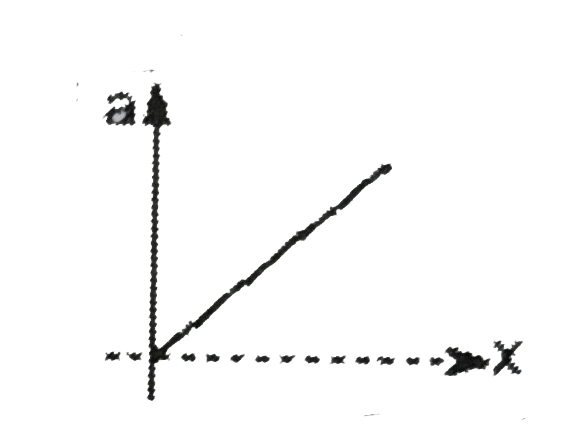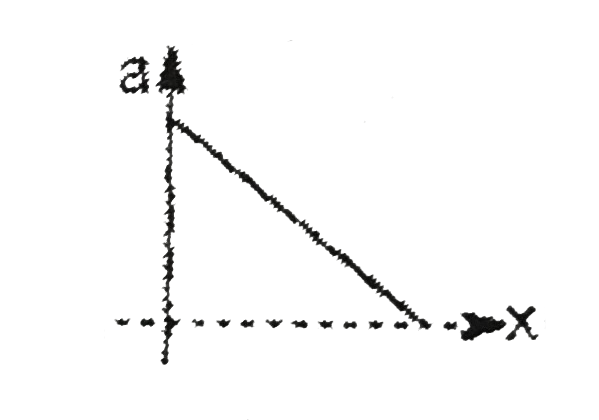A
B
C
D
Text Solution
Verified by Experts
The correct Answer is:
Topper's Solved these Questions
Similar Questions
Explore conceptually related problems
Knowledge Check
A
B
C
D
A
B
C
D
A
B
C
D
CENGAGE PHYSICS-RIGID BODY DYNAMICS 1-Linked Comprehension
- A uniform rod of mass M = 2 kg and length L is suspended by two smooth...
Text Solution
|
- A uniform rod of mass M = 2 kg and length L is suspended by two smooth...
Text Solution
|
- A uniform rod of mass M = 2 kg and length L is suspended by two smooth...
Text Solution
|
- The end B of the rod AB which makes angle theta with the floor is bein...
Text Solution
|
- The end B of the rod AB which makes angle theta with the floor is bein...
Text Solution
|
- End A of a rod AB is being pulled on the floor with a constant velocit...
Text Solution
|
- An L shaped uniform rod of mass 2M and length 2L (AB = BC = L) is held...
Text Solution
|
- An L shaped uniform rod of mass 2M and length 2L (AB = BC = L) is held...
Text Solution
|
- An L shaped uniform rod of mass 2M and length 2L (AB = BC = L) is held...
Text Solution
|
- A uniform rod of length L and mass M is lying on a frictionless horizo...
Text Solution
|
- A uniform rod of length L and mass M is lying on a frictionless horizo...
Text Solution
|
- A uniform rod of length L and mass M is lying on a frictionless horizo...
Text Solution
|
- A bicycle has pedal rods of length 16 cm connected to sprocketed disc ...
Text Solution
|
- A bicycle has pedal rods of length 16 cm connected to sprocketed disc ...
Text Solution
|
- A bicycle has pedal rods of length 16 cm connected to sprocketed disc ...
Text Solution
|
- A bicycle has pedal rods of length 16 cm connected to sprocketed disc ...
Text Solution
|
- A bicycle has pedal rods of length 16 cm connected to sprocketed disc ...
Text Solution
|
- A cord is wound round the circumference of a solid cylinder radius R a...
Text Solution
|
- A cord is wound round the circumference of a solid cylinder radius R a...
Text Solution
|
- A diving board 3.00 m long is supported at a point 1.00 m from the end...
Text Solution
|
